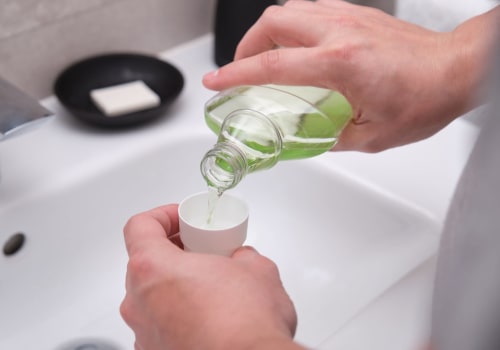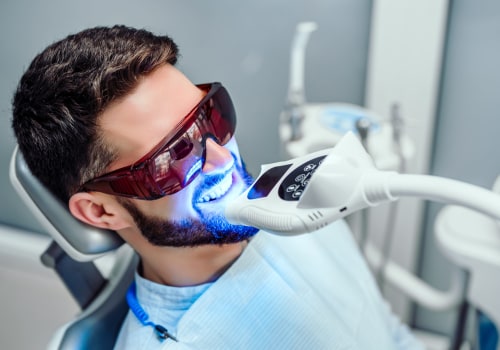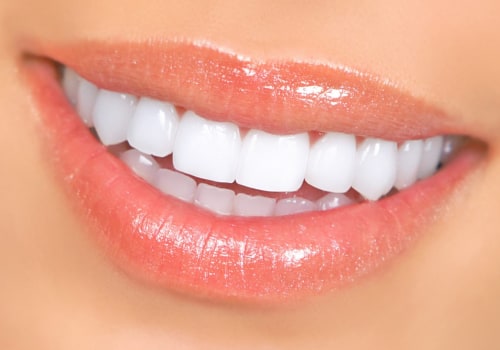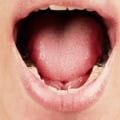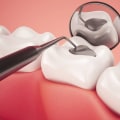Good oral hygiene habits, such as brushing and flossing regularly, are essential for a healthy mouth and a great smile. Yet, many of us don't know the most effective techniques for brushing and flossing our teeth. In this article, we'll look at the basics of tooth brushing and flossing techniques, how to make sure you're doing them correctly, and what to do if you're having trouble with your oral hygiene routine. We'll also explore the importance of regular dental check-ups and how to find the right dentist for your needs.
So let's get started on the journey to a healthier mouth and a brighter smile!The first step in any good oral hygiene routine is brushing your teeth twice a day with a toothbrush that has soft bristles. When brushing, it's important to use a circular motion that covers the entire surface of each tooth. Make sure to brush the front, back, and top of each tooth. It's also important to brush your tongue to remove bacteria that can cause bad breath.
When selecting a toothbrush, look for one with a small head that is designed specifically for your mouth size. If you have braces or other dental appliances, you may need to use a special type of toothbrush.
Flossing
is also an important part of any oral hygiene routine. Flossing helps remove plaque and food particles from between teeth, where a toothbrush can't reach. Different types of floss are available, including waxed, unwaxed, flavored, and unflavored varieties.It's important to select a type of floss that is comfortable for you and easy to use. When flossing, gently slide the floss between each tooth in an up-and-down motion. Make sure to floss at least once a day for best results.
Tips for Brushing and Flossing
Brushing - To ensure proper brushing techniques, it is important to use a circular motion when brushing your teeth. This helps to ensure that all surfaces of each tooth are cleaned properly.Additionally, brushing your tongue helps to remove bacteria that can cause bad breath and decay. Make sure to select a toothbrush that is comfortable for your mouth size.
Flossing
- When selecting a type of floss, make sure that it is comfortable for you to use. Gently slide the floss between each tooth in an up-and-down motion. It is important to be gentle while flossing, as too much pressure can damage your teeth or gums.The Importance of Oral Hygiene Habits
Maintaining good oral hygiene habits is important for overall health.Regular brushing and flossing helps keep your mouth free of bacteria that can lead to cavities, gum disease, and other dental problems. In addition, regular brushing and flossing can help reduce bad breath and maintain the natural whiteness of your teeth. Brushing your teeth twice a day removes plaque and food particles from your teeth, which helps prevent tooth decay and gum disease. Flossing helps get rid of particles stuck between your teeth that brushing alone cannot reach. Flossing also helps to remove plaque and bacteria from between your teeth. It's important to remember that brushing and flossing are only part of an effective oral hygiene routine.
Eating a balanced diet and visiting your dentist regularly are also key components of good oral health. Eating a balanced diet can help prevent tooth decay and other dental problems, while regular visits to the dentist can help detect any problems early on. Good oral hygiene habits are essential for maintaining healthy teeth and gums, and regular brushing and flossing is a key part of any effective oral health routine. Brushing your teeth twice a day with a soft-bristled toothbrush and flossing at least once a day are both important steps. If you need help selecting the right toothbrush or type of floss, talk to your dentist or hygienist for advice.
Oral health, oral hygiene habits, brushing, flossing, and tooth brushing and flossing techniques are all key components of good oral hygiene and should be part of any healthy dental care plan.
